What is Operation Menai Bridge?
Preparations for the operation began shortly after the late Queen Elizabeth II’s death
Crowned sovereign at the age of 73, King Charles III ascended to the throne on 6 May 2023 following the death of his mother.
The late Queen Elizabeth II was buried in George VI Memorial Chapel in Windsor, 11 days after her death on 8 September.
The death of a monarch is so significant that it requires a great deal of planning to ensure a smooth transition of power.
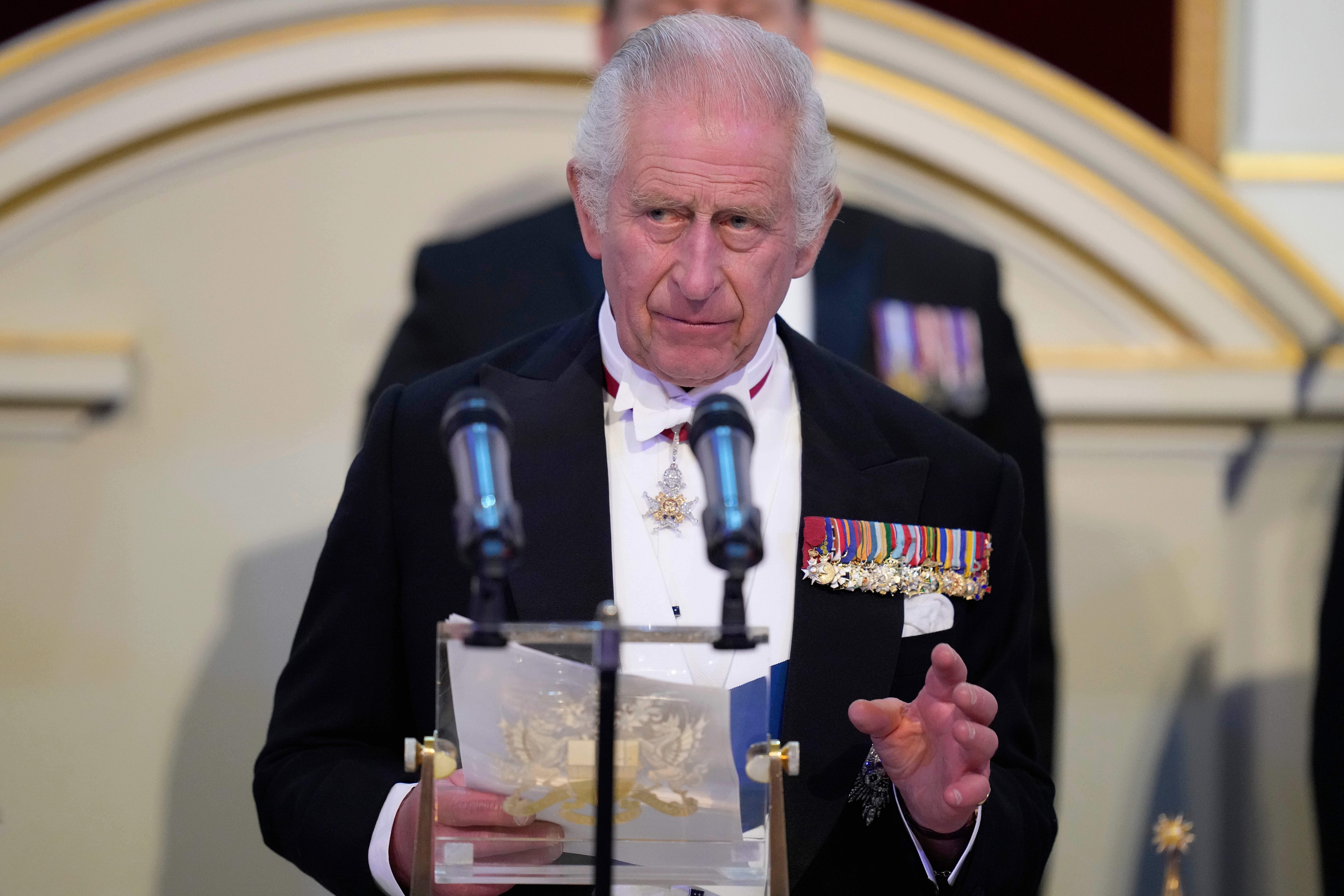
For the Queen, this plan was named Operation London Bridge, and set out everything from how the public would be informed, her lying-in-state and her funeral. Hundreds of thousands of mourners queued for hours to pay their final respects to the Queen while millions tuned in to watch her final farewell attended at Westminster Abbey by world leaders and heads of state.
Operation London Bridge included full details on what would happen during the 10 days following the Queen’s death, including where her coffin would go, how the prime minister would publicly address the news, and how Charles would spend his first few days as King.
And when the Queen passed away, it meant a new plan had to be put in place, for the eventual passing of the new King, Charles.
What is Operation Menai Bridge?
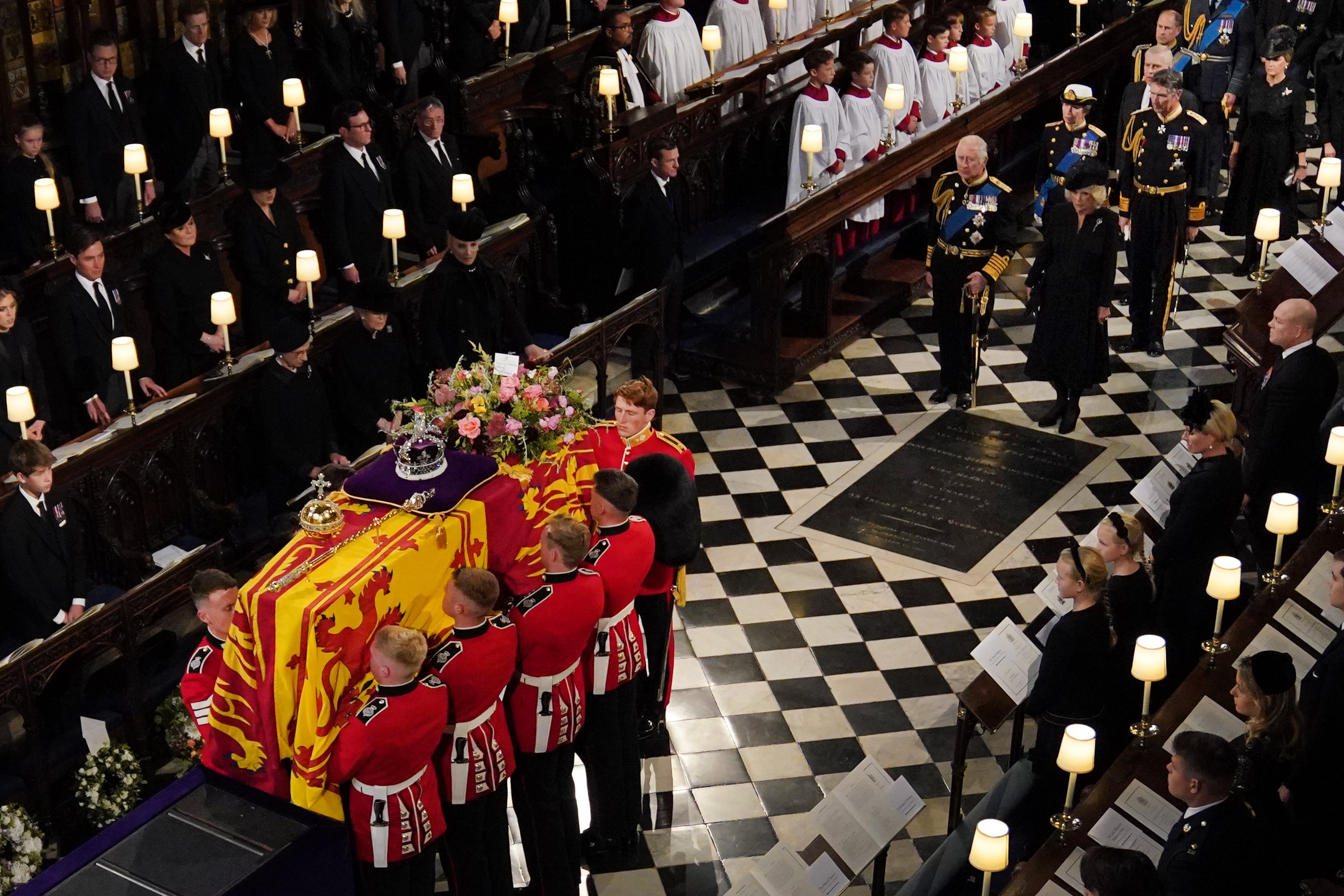
Operation London Bridge was created as early as the 1960s, just a few years after the Queen’s coronation, and revised many times in the years before her death in 2022. The codename for the eventual death of King Charles III is Operation Menai Bridge, named after the world's first iron suspension bridge in Anglesey, Wales.
According to royal protection officer, Simon Morgan, preparations for Menai Bridge began shortly after the late Queen’s death. In an interview with Today, he said at the time: “Even the King said in his acceptance that he will take this role for as long as life allows him to.
“He is 73 years of age, it's got to be in the back of your mind, and from the police, we've got to start planning again for the future.”
How were people informed of the Queen’s death?
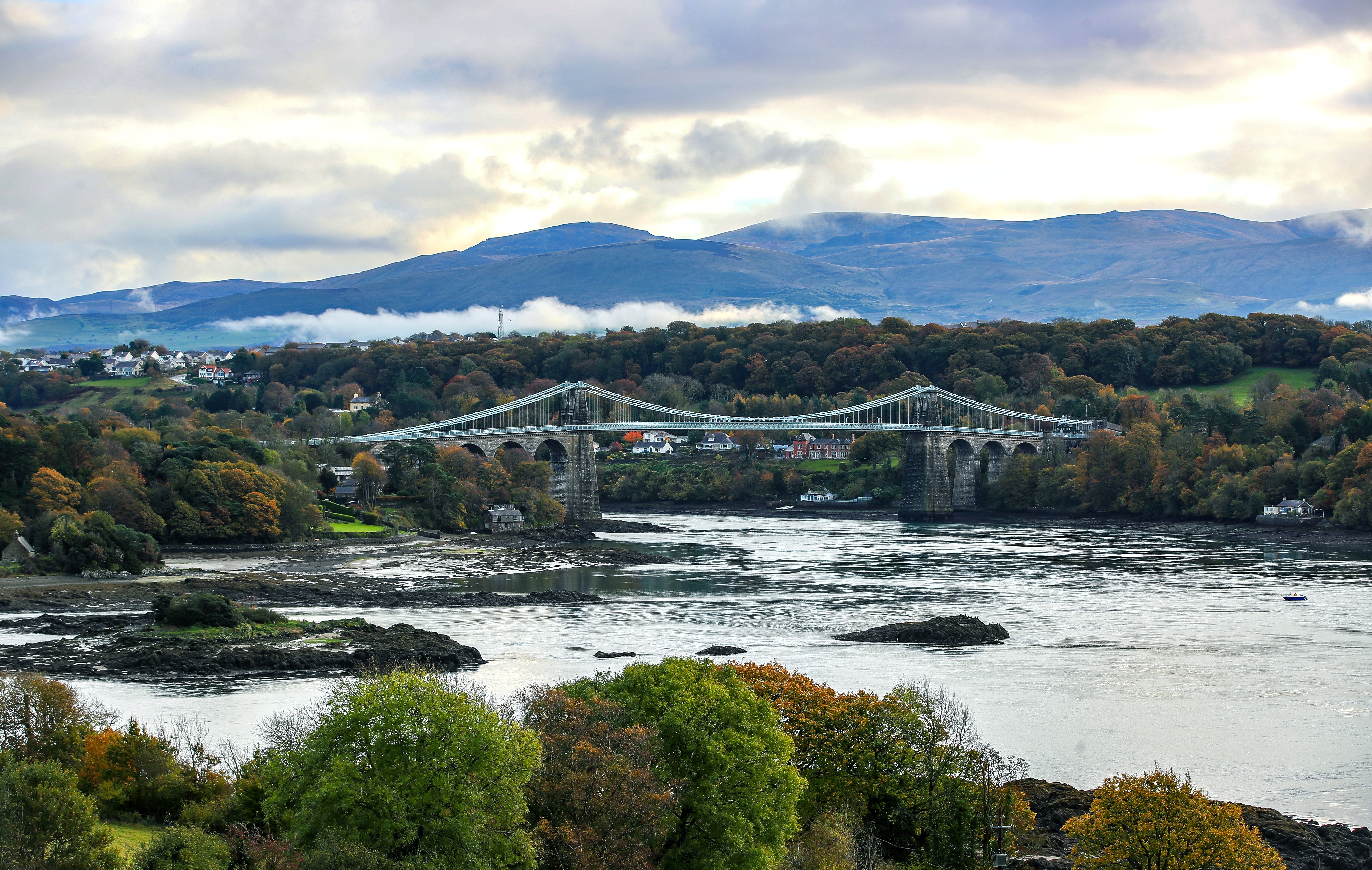
The day that the Queen died was referred to as D-Day, while every day after was referred to as D+1 and D+2 and so forth. According to unveiled documents, a “call cascade” would have taken place hours after the monarch’s death to inform the prime minister, the cabinet secretary, and several senior ministers and government officials.
In tribute to her 70 years on the throne, the monarch’s coffin was paraded through Scotland from Balmoral to Edinburgh before it lay in Westminster Hall for four days prior to her funeral on 19 September.
More than 250,000 people poured out across the streets of London forming a somewhat orderly queue before they filed through the ancient hall in the Palace of Westminster to pay their respects.
The late Queen’s coffin was then taken to its final resting place in the King George VI Memorial Chapel in Windsor.
How would Operation Menai Bridge unfold?
The announcement of Operation Menai Bridge is expected to have many similarities to that of Operation London Bridge.
As soon as Menai Bridge is underway, next in line for the throne, William, Prince of Wales, would become king alongside his wife Kate Middleton, who is expected to become Queen Consort.
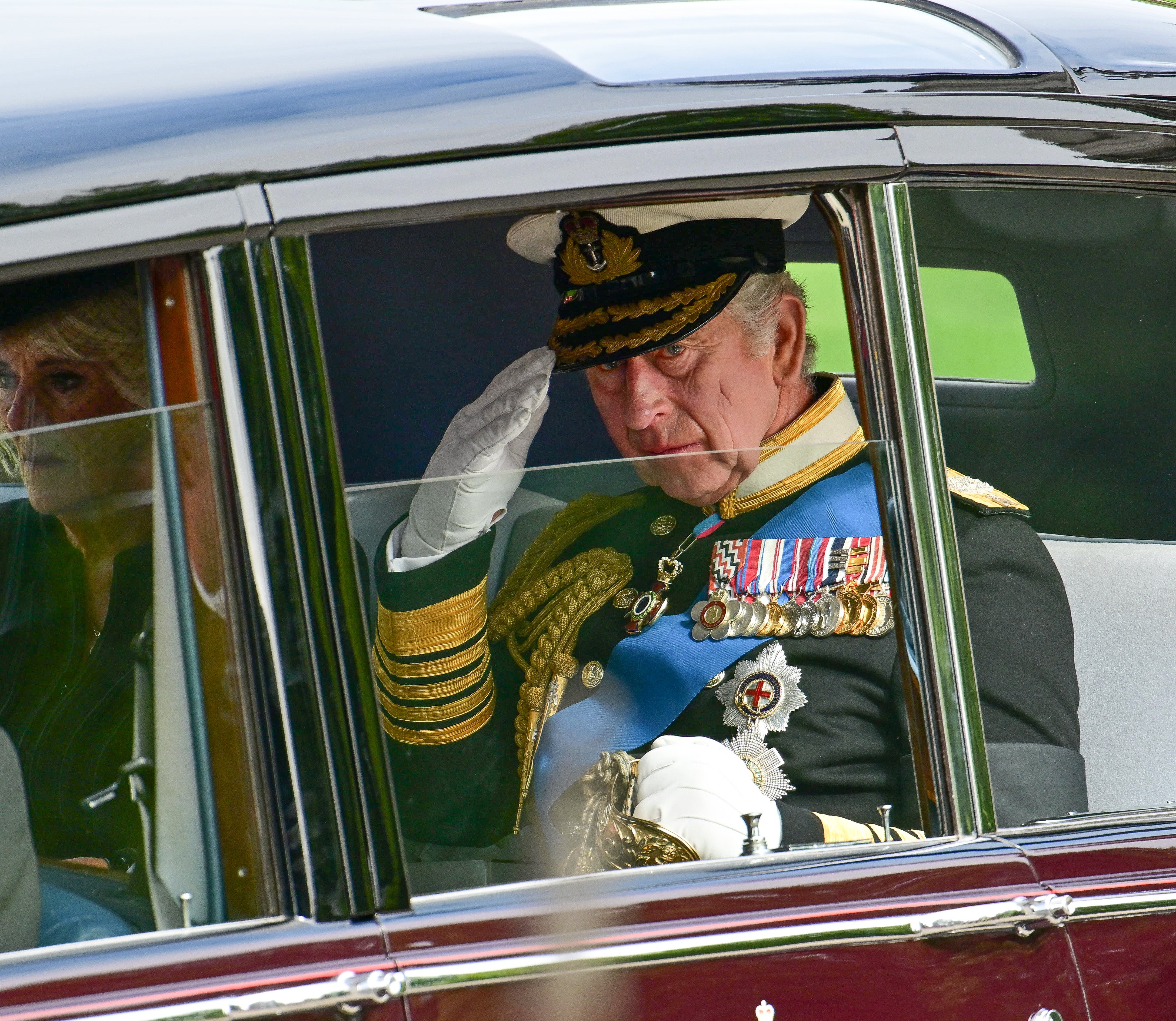
The new king would then address the nation, as Charles did on 9 September, and the public would enter a period of national mourning ahead of the funeral.
Similar to the Queen, the prime minister would be informed by the King’s private secretary, as would the King’s Privy Council Office.
Departmental permanent secretaries would be given a script to inform government ministers, while the cabinet secretary would send an email to senior civil servants. After this email is received, flags across Whitehall would be lowered to half-mast.
Why do we have codenames for a royal's death?
Code names for royal deaths were initially introduced to prevent the news of the death leaking to the press before the official announcement.
Using codenames prevented switchboard operators at Buckingham Palace from learning of the news before it was made public.
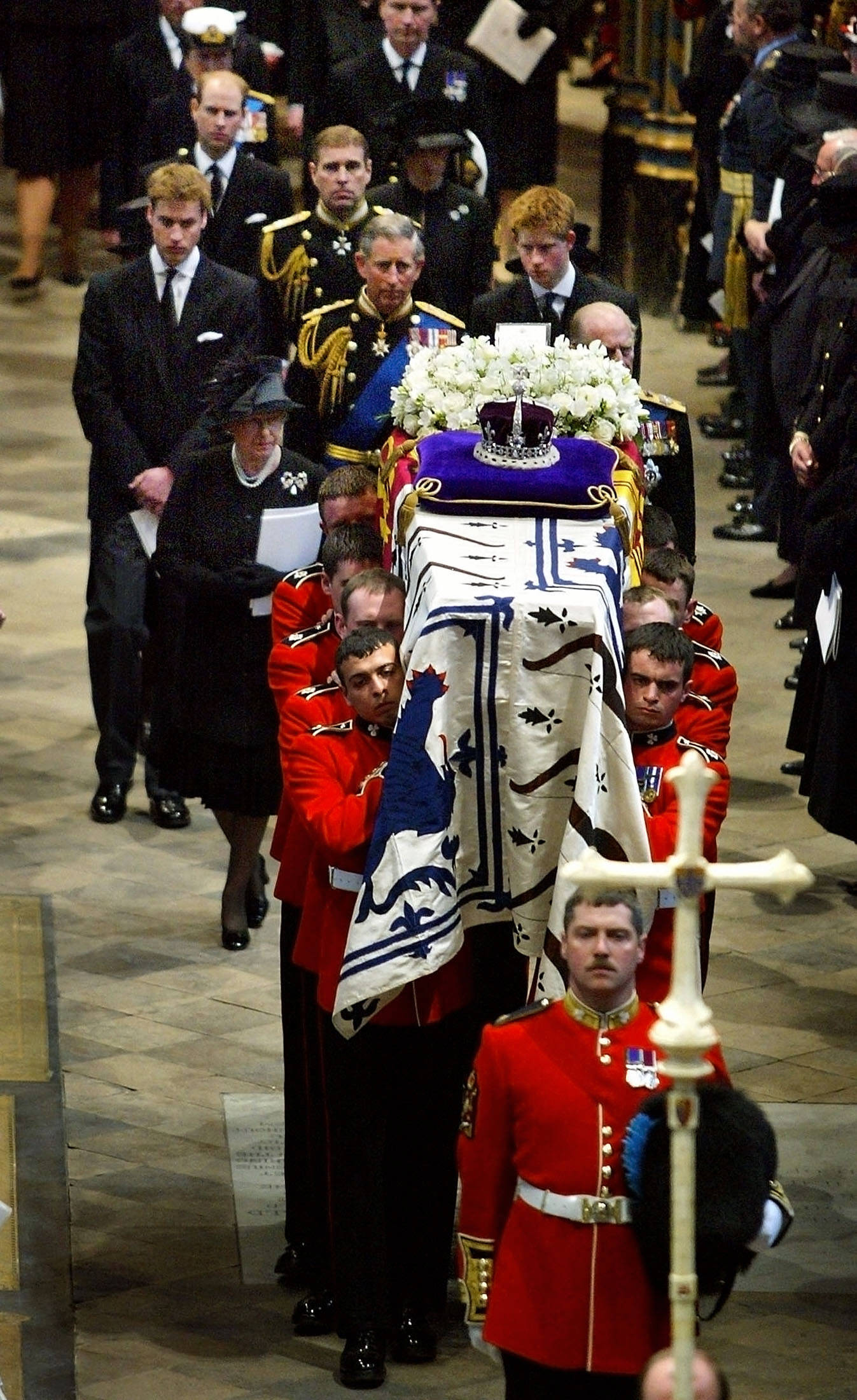
Now though, the codenames have become common knowledge.
Funeral arrangements for the Queen Mother and Princess Diana shared the codename Operation Tay Bridge and the plans were 22 years-old by the time the late monarch’s mother passed at the age of 101 in 2002.
Operation Forth Bridge was the codename for the death of the late Duke of Edinburgh, which saw his funeral take place at St George's Chapel in Windsor and his coffin placed in the Royal Vault.